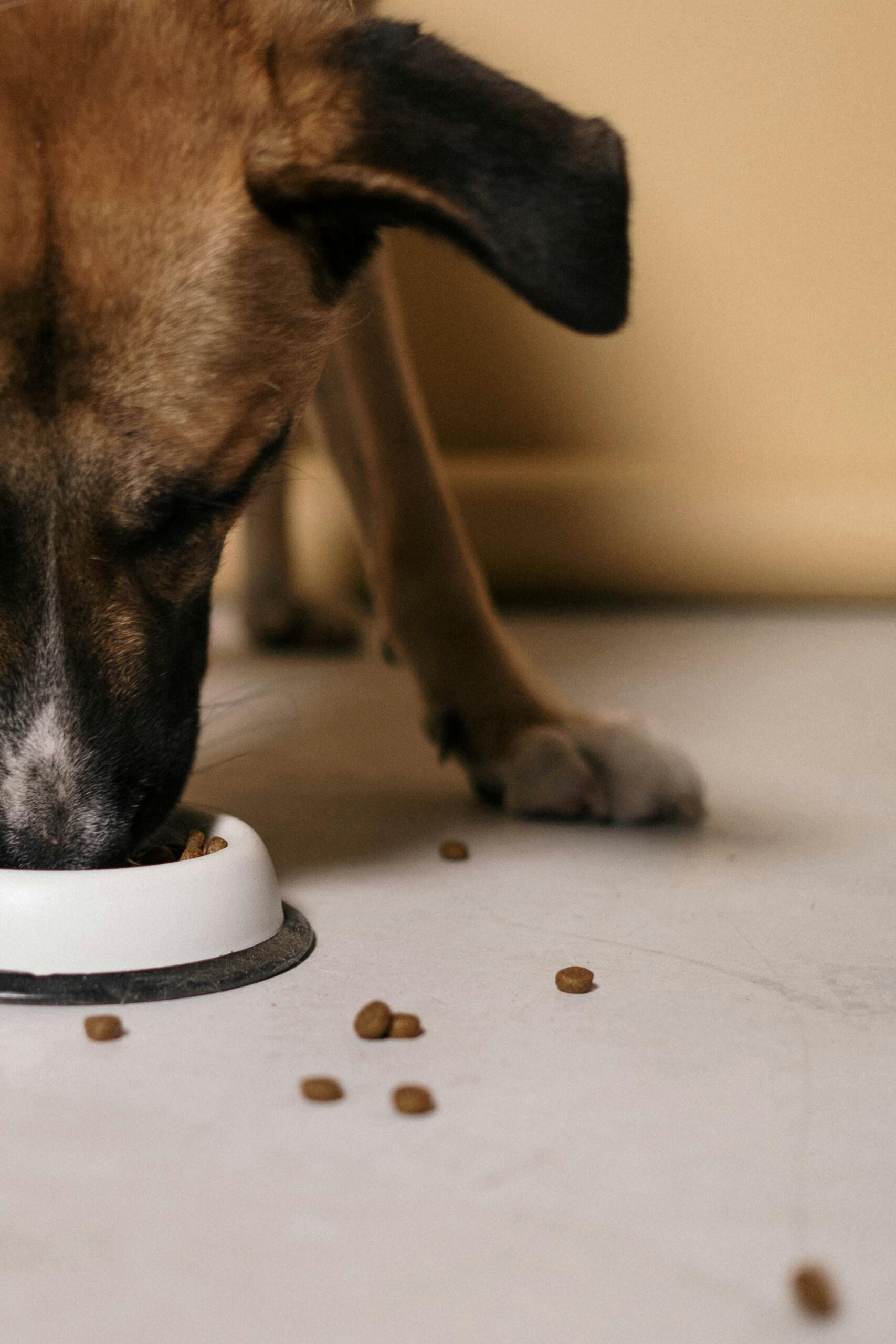Every dog parent knows that dogs love to eat. So, when your dog suddenly refuses food, it can be quite alarming. Loss of appetite in dogs can happen for a variety of reasons, including illness, stress, or changes in diet. While some cases might require veterinary intervention, there are many natural and effective methods to encourage your dog to eat again. Below are practical ways to help your furry friend regain their appetite.
Soften Kibble with Warm Water
Adding warm water to your dog’s kibble can soften it, making it easier to eat, especially if your dog is dealing with dental issues or simply being picky. The moisture also helps enhance the flavor, making the meal more appealing. You can even microwave the kibble for a few seconds to release more aromas. Just be sure the food isn’t too hot, as this could burn your dog’s mouth.
Add Low-Sodium Broth for Flavor
A little flavor can go a long way! Try adding a few spoonfuls of low-sodium beef or chicken broth to your dog’s food. The savory, meaty aroma and taste will make the food irresistible. Make sure the broth is low in sodium to avoid unnecessary additives that might upset your dog’s stomach.
Introduce Canned Food as a Treat
If your dog typically eats dry kibble, introducing canned food as a special treat can be a game-changer. The new texture and strong smell can excite your dog, making them more inclined to eat. Dogs often see canned food as a special treat and may forget that they were refusing to eat just moments before.
Hand Feed for Extra TLC
Sometimes, your dog might just need a little extra attention. If your pet is really resisting eating, try hand-feeding them a bit of kibble. This added care can encourage them to eat, as the familiar smell of your hand may provide comfort. A little extra love can go a long way in getting them to eat.
Enhance Meals with Cooked Eggs or Meat
Cooked eggs are not only a great source of protein but also a tasty addition to your dog’s meal. Crumble a bit of egg yolk over their kibble for a flavor boost that will make them excited to eat. Additionally, cooked, shredded turkey or chicken can be mixed in to add a protein punch. Make sure you’re using only white meat and that all bones are removed to avoid choking hazards.
Give Them Time
Sometimes, all your dog needs is a little time to feel better. If they’re not interested in eating, don’t force it. Leave their food out for a while, even overnight, as they may feel better later and decide to eat on their own. However, be sure to monitor how long they go without eating—if they refuse food for more than 48 hours, it’s important to contact your veterinarian.
Post-Surgery Appetite Issues? Seek Advice
If your dog has recently undergone surgery and is refusing food, this can be quite common due to the effects of anesthesia and medications. Make sure to consult your veterinarian if their lack of appetite continues. For more detailed advice on post-surgery appetite issues, check out our dedicated blog post by clicking on the link in the description.
When to Contact a Veterinarian
While many dogs experience temporary appetite loss, if your dog hasn’t eaten in more than 48 hours, it’s time to contact your vet. Extended periods of not eating can be a sign of underlying health issues, such as infections, gastrointestinal problems, or more serious conditions like organ failure. Always err on the side of caution and seek professional advice when needed.
Conclusion
Your dog’s eating habits are a direct reflection of their health and well-being. By using these simple yet effective strategies, you can help overcome your dog’s temporary loss of appetite. Whether it’s adding a bit of broth, trying canned food, or offering hand-fed meals, these tricks should encourage your furry friend to start eating again. Remember, patience and observation are key, and always consult your vet if the problem persists.
